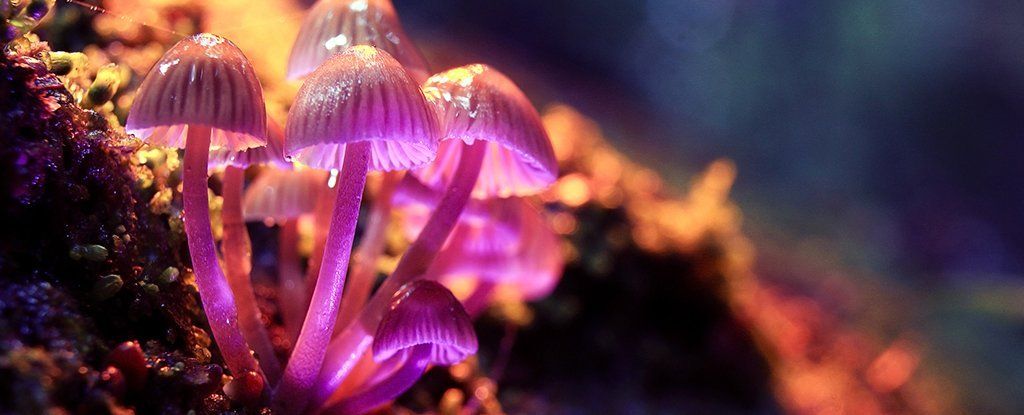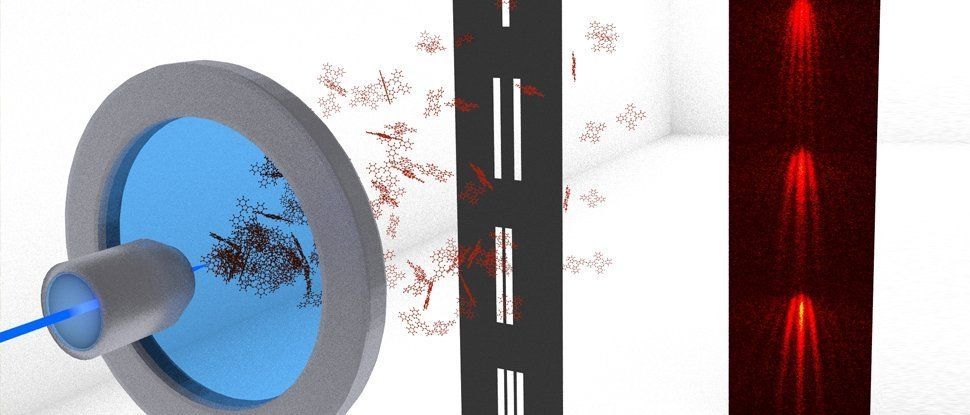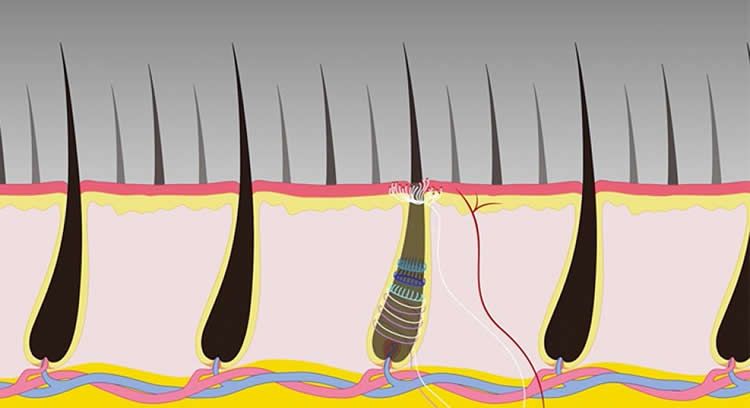Page 9203
Aug 20, 2017
Turn your bike into a jetski in 5 seconds!
Posted by Shailesh Prasad in category: transportation
Aug 20, 2017
Scientists Are Finally Set to Mass-Produce The Active Compound Found in Magic Mushrooms
Posted by Shailesh Prasad in categories: chemistry, neuroscience
For nearly 60 years scientists have known the chemical responsible for magic mushrooms’ psychedelic reputation is a compound called psilocybin. What we haven’t known is the biochemical pathway behind this famous hallucinogen.
Feel free to now tick that one off your chemistry bucket-list. German researchers have identified four key enzymes involved in making the chemical, potentially setting the stage for mass production of a promising pharmaceutical.
Psilocybin was first identified by the Swiss scientist Albert Hofmann way back in 1959, but has only recently re-entered the spotlight as a safe way to treat conditions related to anxiety, depression, and addiction.
Aug 20, 2017
Quantum Weirdness Has Been Tested Beyond The Particle Scale For The First Time
Posted by Shailesh Prasad in categories: particle physics, quantum physics
A small tweak on a definitive experiment in quantum physics has allowed scientists to observe for the first time exactly how molecules behave as waves.
The results are solidly in line with what theory covering complex quantum phenomena predicts, so don’t expect any radical new physics here. But as with most quantum experiments, the implications of seeing such a counter-intuitive theory in action makes our head spin.
Researchers from the Universities of Vienna and Tel Aviv have recently collaborated on turning a two-decade old idea into a reality, replacing tiny particles with large organic molecules in a variation on Clinton Davisson and Lester Germer’s classic 1927 double slit experiment in order to test the limits of a law governing their behaviour.
Continue reading “Quantum Weirdness Has Been Tested Beyond The Particle Scale For The First Time” »
Aug 20, 2017
The First True Multi-User Holographic Table Has Been Built
Posted by Shailesh Prasad in category: innovation
An Australian company has created a prototype holographic projector that can support multiple users and angles of presentation simultaneously. If it works, it could be a major breakthrough.
Aug 20, 2017
A Six-Legged Insectile Robot Is Just As Creepy As It Sounds
Posted by Shailesh Prasad in category: robotics/AI
It’s not designed to remind you of an insect, though. It’s meant to bring robot hacking to the masses.
Aug 20, 2017
The Vertical Farm
Posted by Shailesh Prasad in categories: education, food, sustainability
The term “vertical farming” has not been around long. It refers to a method of growing crops, usually without soil or natural light, in beds stacked vertically inside a controlled-environment building. The credit for coining the term seems to belong to Dickson D. Despommier, Ph.D., a professor (now emeritus) of parasitology and environmental science at Columbia University Medical School and the author of “The Vertical Farm: Feeding the World in the 21st Century.”
Hearing that Despommier would be addressing an audience of high-school science teachers at Columbia on a recent morning, I arranged to sit in. During the question period, one of the teachers asked a basic question that had also been puzzling me: What are the plants in a soil-free farm made of? Aren’t plants mostly the soil that they grew in? Despommier explained that plants consist of water, mineral nutrients like potassium and magnesium taken from the soil (or, in the case of a vertical farm, from the nutrients added to the water their roots are sprayed with), and carbon, an element plants get from the CO2 in the air and then convert by photosynthesis into sucrose, which feeds the plant, and cellulose, which provides its structure.
In other words, plants create themselves partly out of thin air. Salad greens are about ninety per cent water. About half of the remaining ten per cent is carbon. If AeroFarms’ vertical farm grows a thousand tons of greens a year, about fifty tons of that will be carbon taken from the air.
Aug 20, 2017
China Will Launch World’s First ‘Unhackable’ Computer Network
Posted by Shailesh Prasad in categories: cybercrime/malcode, quantum physics
[Image Source: Erik Lucero/WikimediaCommons]
The development of the computer network puts China amongst the world leaders of quantum technology. The network works by using the city of Jinan as a quantum computer hub. The city is located between Beijing and Shanghai so it can enhance the Beijing-Shanghai quantum network.

https://youtube.com/watch?v=E9_9wmjK3j8
By swapping out the traditional wedge-shape for a lever, a new take on the 8,000 year old axe makes the tool more powerful. An added bonus is that the LeverAxe will never getting stuck in wood as it’s being used.
A video of a revised version of the axe has been making the rounds on the internet. The LeverAxe is a decided improvement on the tool that has served humanity (relatively unchanged) for 8,000 years. It uses physics to make the axe safer, more efficient, and that much cooler.
Aug 20, 2017
Specialized Neurons That Respond to Pain of Pulling Single Hair Discovered
Posted by Shailesh Prasad in categories: health, neuroscience
Summary: NIH researchers have identified a specific type of sensory neurons which become activated as a result of pulling a single hair.
Source: NIH.
Researchers from the National Institutes of Health have identified a class of sensory neurons (nerve cells that electrically send and receive messages between the body and brain) that can be activated by stimuli as precise as the pulling of a single hair. Understanding basic mechanisms underlying these different types of responses will be an important step toward the rational design of new approaches to pain therapy. The findings were published in the journal Neuron.

















